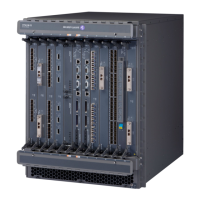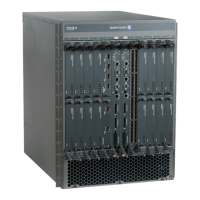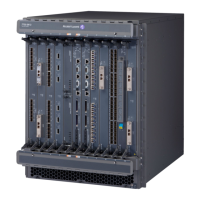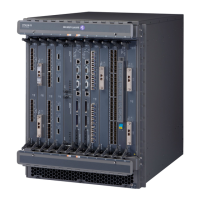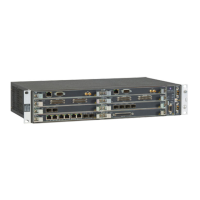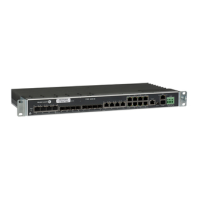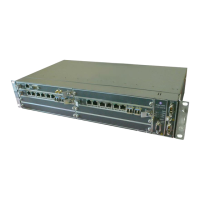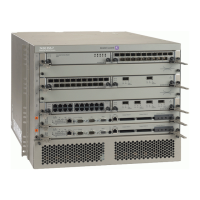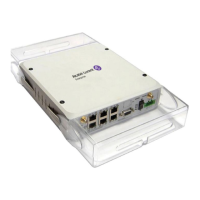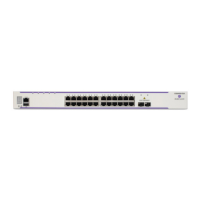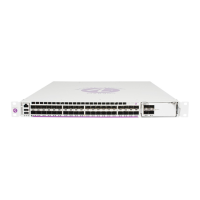System Management
7750 SR OS Basic System Configuration Guide Page 213
High Availability
This section discusses the high availability routing options and features available to service
providers that help diminish vulnerability at the network or service provider edge and alleviate the
effect of a lengthy outage on IP networks.
High availability is an important feature in service provider routing systems. High availability is
gaining momentum due to the unprecedented growth of IP services and applications in service
provider networks driven by the demand from the enterprise and residential communities.
Downtime can be very costly, and, in addition to lost revenue, customer information and business-
critical communications can be lost. High availability is the combination of continuous uptime
over long periods (Mean Time Between Failures (MTBF)) and the speed at which failover or
recovery occurs (Mean Time To Repair (MTTR).
The popularity of high availability routing is evident at the network or service provider edge
where thousands of connections are hosted and rerouting options around a failed piece of
equipment can often be limiting. Or, a single access link exists to a customer because of additional
costs for redundant links. As service providers converge business-critical services such as real-
time voice (VoIP), video, and VPN applications over their IP networks, high availability becomes
much more stringent compared to the requirements for best-effort data. Network and service
availability become critical aspects when offering advanced IP services which dictates that IP
routers that are used to construct the foundations of these networks be resilient to component and
software outages.
For high availability configuration information, refer to Synchronization and Redundancy on page
220.
High Availability Features
As more and more critical commercial applications move onto the IP/MPLS networks, providing
high availability services becomes increasingly important. This section describes high availability
features for routers. Most of these features only apply to routers with two Control Processor
Modules (CPM), currently the 7750 SR-7, SR-12, and SR-c12 models.
• Redundancy on page 214
→ Software Redundancy on page 214
→ Configuration Redundancy on page 215
→ Component Redundancy on page 215
→ Service Redundancy on page 216
→ Accounting Configuration Redundancy on page 216
• Nonstop Forwarding on page 217
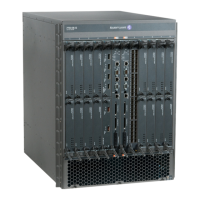
